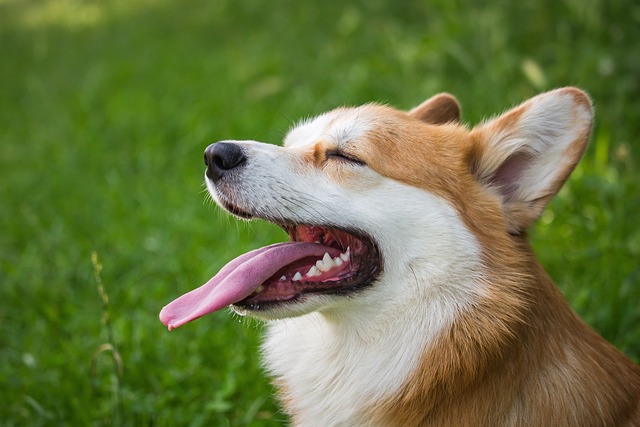
What vitamin is good for dogs' skin
Seeing your dog constantly scratch or noticing dry, flaky skin can make you wonder if a simple vitamin might be the solution.
Afghan hounds carry one of the most striking coats in the dog world—long, silky, and flowing, like a living tapestry. But that beauty comes with a price: their fur demands consistent care to stay healthy and tangle-free. Skip a few sessions, and you’ll find mats forming, especially behind the ears, under the legs, and around the tail.
Puppies start with softer, shorter coats, but don’t let that fool you. Even at 3 months old, weekly brushing is a must. Use a pin brush with rounded tips to gently work through their fur, starting from the ends and moving up to the roots. This teaches them to tolerate grooming early, turning it into a bonding ritual instead of a fight later.
As they mature—usually around 8 to 12 months—their adult coat comes in, and the routine ramps up. Most owners find that every 2 to 3 days of brushing keeps tangles at bay. Pay extra attention after walks; their long fur picks up leaves, burrs, and dirt easily, which can become abrasive if left in. A metal comb run through after brushing catches any small knots the brush missed.
Bathing isn’t a weekly task. Overwashing strips their coat of natural oils, leaving it dry and brittle. Aim for once every 4 to 6 weeks, using a shampoo formulated for long-haired breeds. Rinse thoroughly—any leftover soap residue will attract dirt and cause itching. Afterward, towel-dry gently, then use a low-heat blow dryer on a cool setting to avoid damaging the hair.
Professional grooming visits are non-negotiable, even for dedicated owners. Every 6 to 8 weeks, a groomer can trim the fur around the paws (to prevent slipping on smooth floors) and tidy the area around the eyes and ears. They’ll also handle any stubborn mats that form despite regular brushing, using techniques that avoid pain or damaging the coat.
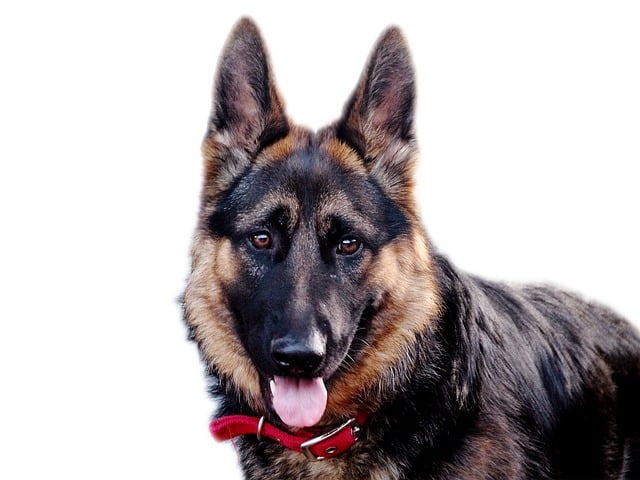 Ears need separate care. Those long, floppy ears trap moisture and debris, making infections more likely. Wipe the inside with a vet-approved ear cleaner and cotton ball once a week. If you notice redness, a bad smell, or your dog shaking their head excessively, it’s time for a vet check—many regions require prompt care for such issues to prevent spreadable conditions.
Ears need separate care. Those long, floppy ears trap moisture and debris, making infections more likely. Wipe the inside with a vet-approved ear cleaner and cotton ball once a week. If you notice redness, a bad smell, or your dog shaking their head excessively, it’s time for a vet check—many regions require prompt care for such issues to prevent spreadable conditions.
Nail trimming should happen every 2 to 3 weeks, depending on how fast they grow. Overgrown nails can curl into the paw pads, causing pain and difficulty walking. Use a dog-specific nail clipper, and be cautious of the quick—the pink area inside the nail that bleeds if cut. If you’re nervous, ask your groomer or vet to show you how, or let them handle it.
Seasonal changes affect their coat too. In spring, they shed their thick winter undercoat, and daily brushing for a few weeks helps remove loose fur. This not only keeps your home cleaner but also prevents those loose hairs from matting with the longer topcoat. A rubber curry comb works wonders during shedding season, gently lifting dead hair without pulling.
Grooming isn’t just about looks—it’s about health. Mats can trap moisture against the skin, leading to hot spots or infections. Regular brushing lets you check for ticks, fleas, or skin irritations that might hide under all that fur. Early detection of issues like lumps or rashes can make a big difference in treatment outcomes.
Be mindful of public spaces when grooming. Brushing your Afghan in a park is fine, but always clean up any loose fur you collect—leaving clumps behind is considered rude in many communities. Also, ensure grooming tools are sanitized regularly, especially if you use them in shared spaces like dog runs, to avoid spreading germs.
Training your Afghan to stand still during grooming takes patience. Start with short sessions, rewarding calm behavior with treats or praise. Never scold them for fidgeting—this creates anxiety around grooming time. Instead, take breaks if they get restless, and try again later when they’re relaxed.
Owning an Afghan hound means embracing the grooming routine as part of their care. It’s a commitment, but there’s something special about watching their coat shine after a thorough brush, knowing you’re keeping them comfortable and healthy. Those moments of quiet bonding—your hands moving through their fur, their eyes softening with trust—make it all worthwhile.
And remember, consistency beats perfection. Even if life gets busy, a 10-minute brush session is better than skipping entirely. Your Afghan’s coat (and your sanity) will thank you for it.

Seeing your dog constantly scratch or noticing dry, flaky skin can make you wonder if a simple vitamin might be the solution.

If you’re a new dog parent in the US—maybe you’re sitting on your Portland apartment couch, staring at your 1-year-old Australian Shepherd

If you’re a new dog parent in the US—maybe you’re sitting on your Atlanta apartment floor, holding your 6-week-old Beagle puppy, Daisy, who’s curled up in your lap
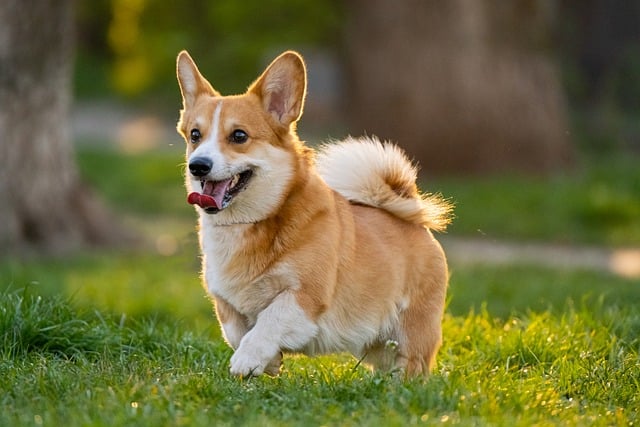
If you’re a new dog parent in the US—maybe you’re standing in your Denver apartment’s kitchen, staring at a bag of high-quality puppy kibble and a bottle
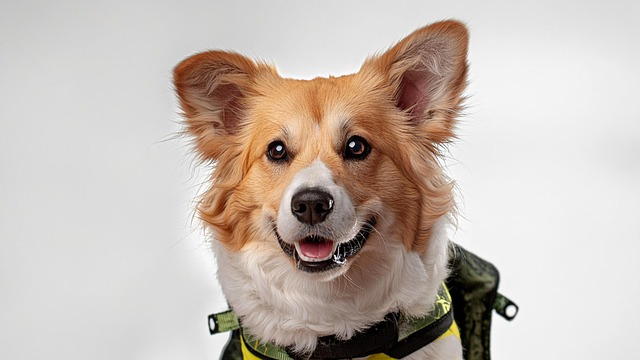
Seeing your puppy grow daily is amazing, and it’s natural to want to give them every advantage, including supplements.
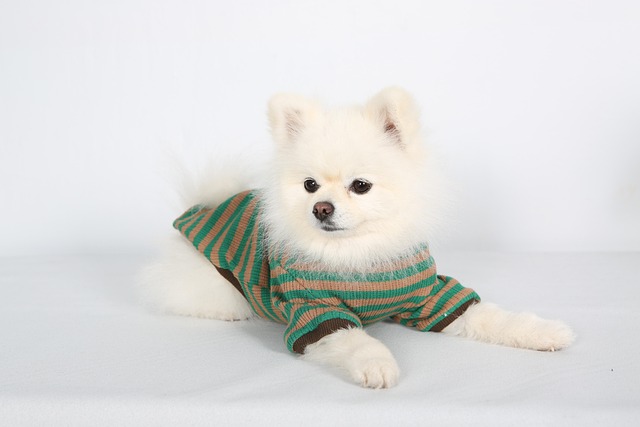
Brown stains on white dog fur aren’t just unsightly—they can also hint at underlying issues like tear duct irritation or poor grooming habits, which matter even more when you’re following local pet care laws.